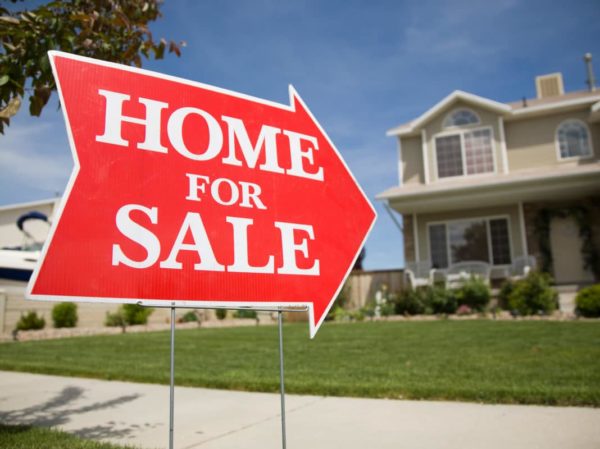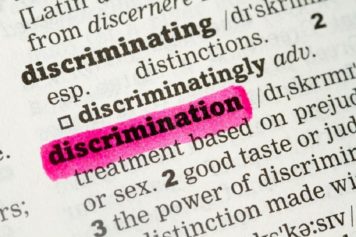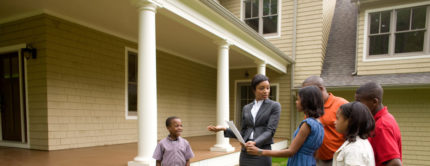Minneapolis and St. Paul, Minnesota, are near the bottom of a distressed totem pole when it comes to homeownership rates among African-American households, a recent analysis from the APM Research Lab shows.
Due to lingering effects of the Great Recession’s ravages on the U.S. housing market, Black households across the nation own their homes at much lower rates than white households, and the Twin Cities highlight this phenomenon, with the Black homeownership rate in Minneapolis at 19.8 percent, while St. Paul sits at 17 percent.

In the past five years, Black homeownership rates in St. Paul have fallen 3.5 percent. (Photo courtesy of Getty Images)
“The Great Recession pushed millions of former American homeowners into the rental market,” the lab wrote in its report. “Since then, tighter credit conditions, low housing supply and personal financial challenges have also put homeownership out of reach for many.”
As a part of their study, researchers looked at 128 U.S. cities with populations of at least 150,000 people and 5,000 black households, MPR News reported. Their goal? To determine whether Black homeownership rates had bounced back since the Great Recession. It turns out they haven’t.
Nationwide, about 40 percent of African-American households actually own their homes. Meanwhile, more than 70 percent of white households are homeowners, the Lab found. This disparity was more pronounced in Minneapolis, where there is about a 50 percent difference between Black and white homeowners.
While national homeownership among Blacks trended upward throughout the 1990s and the 2000s, the Great Recession’s housing market meltdown halted that progress, as exemplified by St. Paul, where Black homeownership rates have fallen almost 3.5 percent over the past five years, according to the report.
Andi Egbert, a senior researcher for the Research Lab, said the Great Recession was especially harsh on African-Americans and turned many homeowners into renters.
“Fifty years after the Fair Housing Act, Black Americans are no more likely to own a home than they were back then,” Egbert told MPR News.
The report noted that between 2006 and 2016 — a span that straddles the start of the Great Recession in 2008 — both Minneapolis and St. Paul saw significant increases — 7.4 percent and 10 percent, respectively — in the number of households that were renting rather than owning. Across 79 cities and the nation as a whole, “Black homeownership also eroded and Black households swelled the rental market,” it states.
“I think it’s a reflection of poor economic security in Minnesota,” Egbert added, rattling off a number of economic indicators where African-Americans fare worse than other groups. “We don’t have as much of a Black middle class here.”
Check out the map below.


